The third "Liquidity 2025" Digital Asset Summit hosted by LTP was successfully concluded in Hong Kong recently. With the successful experience of the first two summits, this event, which brought together more than 1,000 industry leaders, institutional representatives and professional investors from around the world, not only became the largest institutional digital asset summit in the Asia-Pacific region, but also anchored the direction for the future development of the industry through multi-dimensional discussions. The summit focused on the core proposition of "the integration of traditional finance and digital assets" and systematically presented a complete ecological picture from regulatory framework to technical infrastructure.
Collaboration with BlackRock and CME LTP accelerates global deployment
In his opening speech, LTP founder and CEO Jack Yang announced several strategic plans:
- Global compliance layout : In the past 12 months, we have successively obtained financial licenses in Hong Kong, BVI, Spain and Australia, building a compliance network across the Eastern and Western Hemispheres;
- Infrastructure innovation : Cooperating with CME to develop a cross-asset margin system to break through the settlement barriers of traditional securities, commodities and crypto assets; cooperating with BlackRock to explore the integration path of prime brokerage services under its BUIDL framework, and committed to introducing traditional asset management logic into the on-chain market;
- $500 million incubation program : Establish a special incubation program to support outstanding trading teams and provide technical, compliance, risk control and liquidity support;
- OTC platform upgrade : A new generation of OTC trading platform for institutional clients will be launched soon, specializing in structured products, block trading and customized risk management solutions.
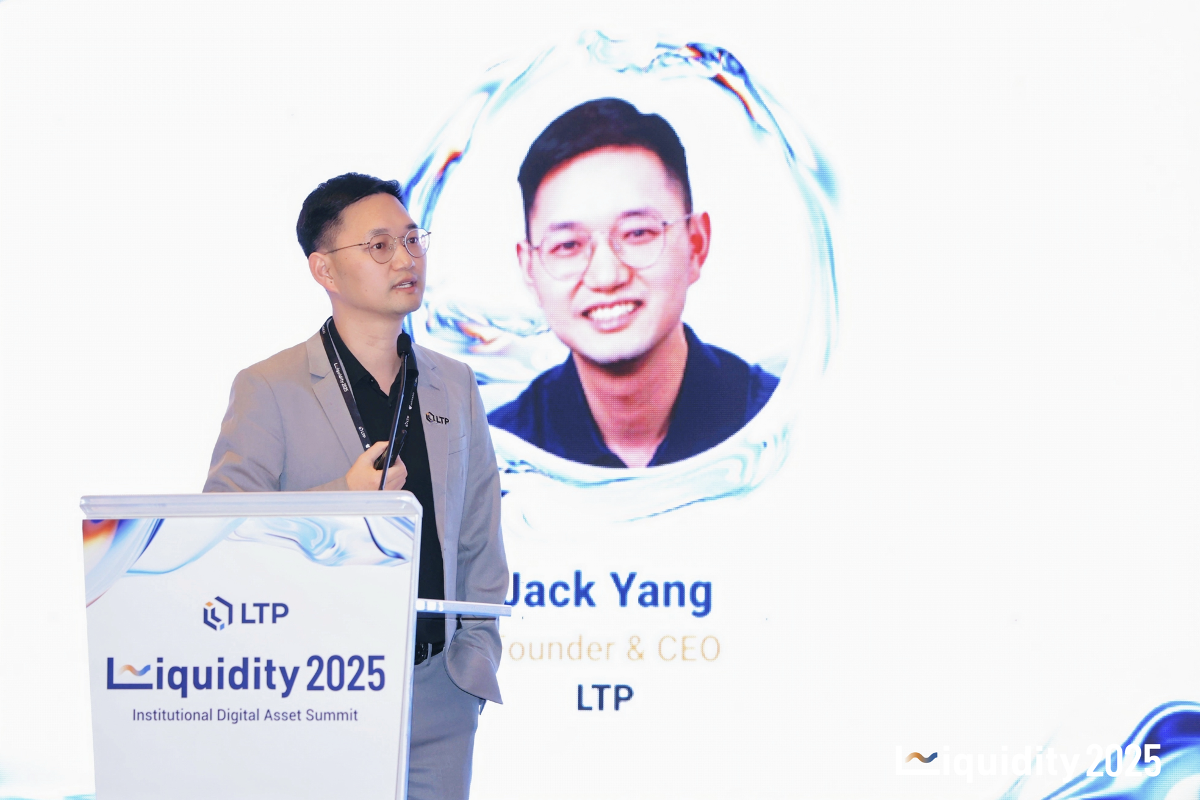
Regulatory consensus and ecological reconstruction bring infrastructure back to the core
In terms of supervision, Mr Joseph Chan, Under Secretary for Financial Services and the Treasury, said that Hong Kong has international advantages such as free capital flow, common law system, and low tax rate. At the same time, it is backed by the mainland Chinese market and has become a "super bridge" connecting the East and the West. As a super hub connecting traditional finance and innovation, Hong Kong is striving to create a new paradigm of digital assets that is both dynamic and secure. Through policy innovation, regulatory inclusiveness and market practice, it continues to lead the Asia-Pacific digital asset industry and provide global institutions with a mature model of "compliant entry" and "technology implementation".
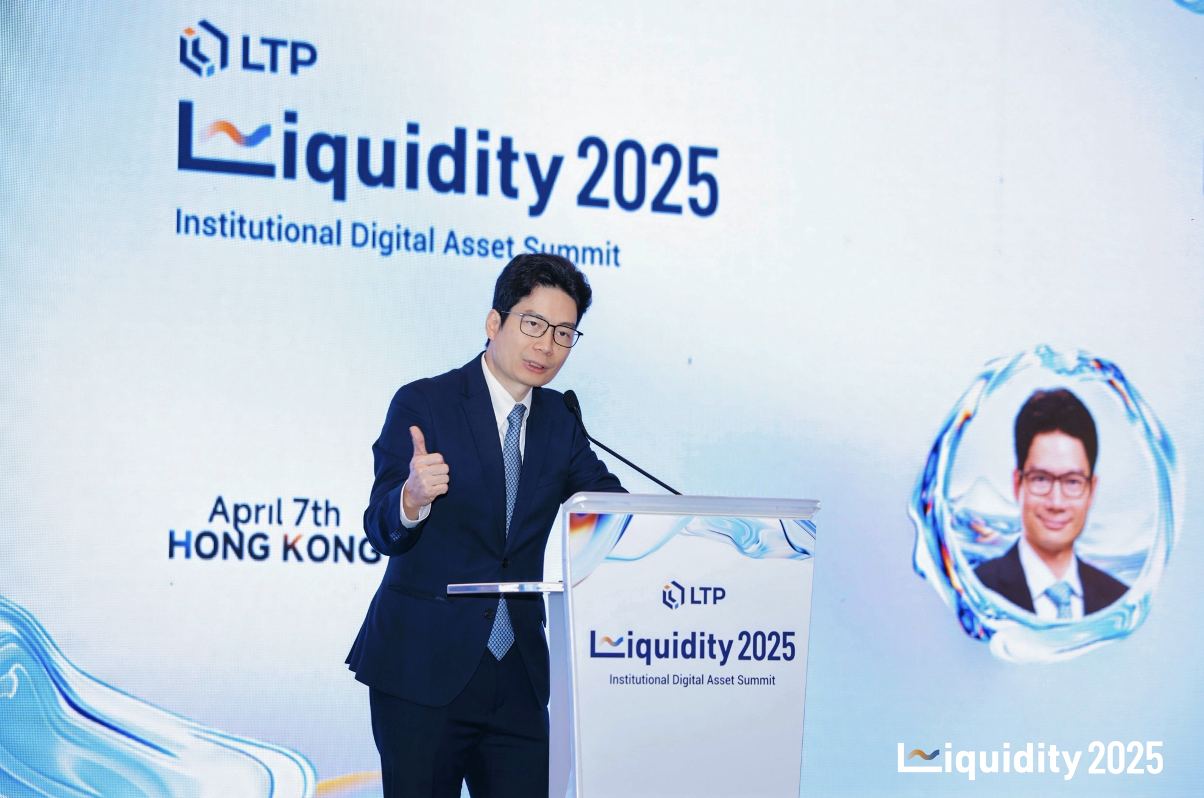
Kishelle Blaize-Cameron of the BVI Financial Commission systematically explained the regulatory evolution of offshore financial centers - by revising the Virtual Asset Service Providers Act, establishing a VASP registration system and a dynamic regulatory mechanism, BVI is transforming its compliance advantages into institutional competitiveness.
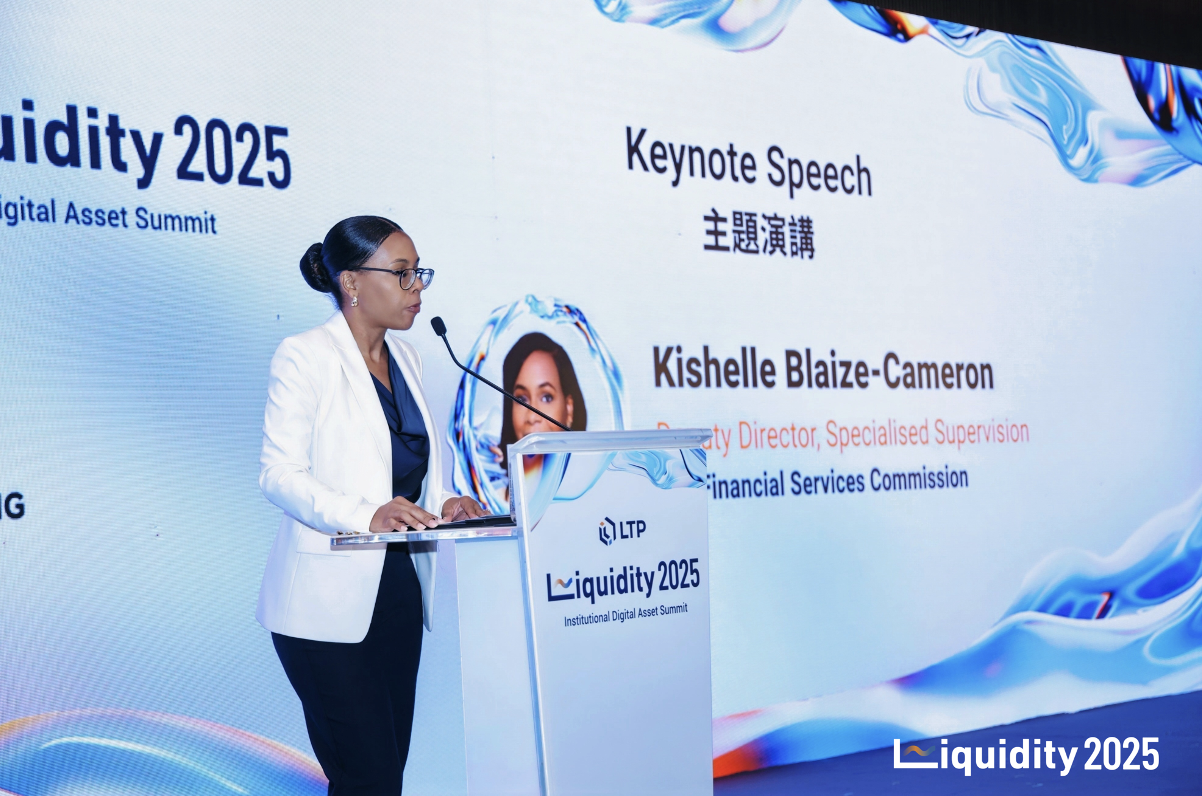
Gate.io CBO Kevin's speech directly pointed out the pain points of the industry: when the concept speculation overdraws market confidence, the real needs of 20 million users per day are truly supported by the "invisible pillars" composed of compliance teams, market makers and trading system developers. His "Boring is the New Sexy" proposition has aroused widespread resonance - when narratives such as AI and the metaverse are gradually showing signs of fatigue, "boring infrastructure" such as tokenization of real-world assets and compliant payment channels are promoting substantive adoption. This summit is just as Jack Yang said in his speech: With the deep involvement of traditional financial giants, the gradual unification of global regulatory frameworks, and the continuous investment of institutions such as LTP in the field of compliant infrastructure, a new digital asset ecosystem for the mainstream financial market is accelerating.
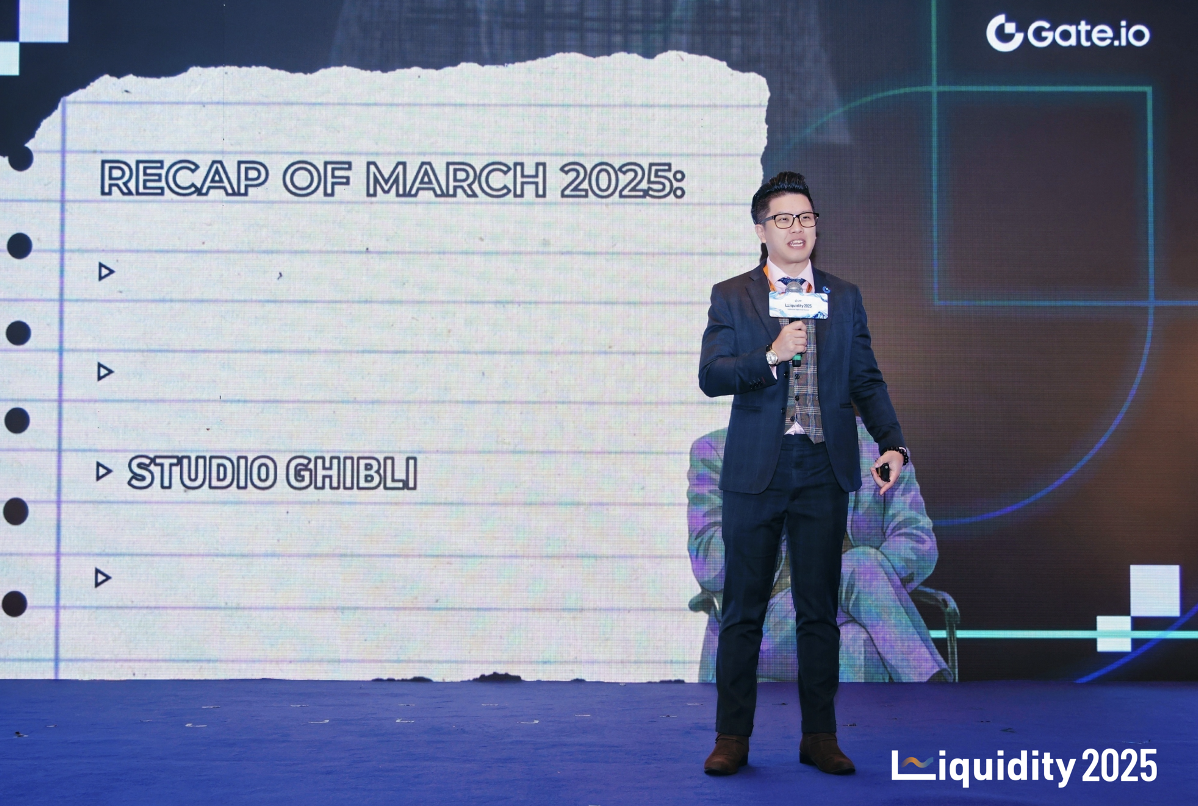
In the fireside chat session, Giovanni Vicioso from CME Group and Michael Elko from Bloomberg discussed the topic of “Beyond Liquidity: What Institutions Really Need for Derivatives and ETFs” and stressed the importance of regulatory clarity and customer needs.
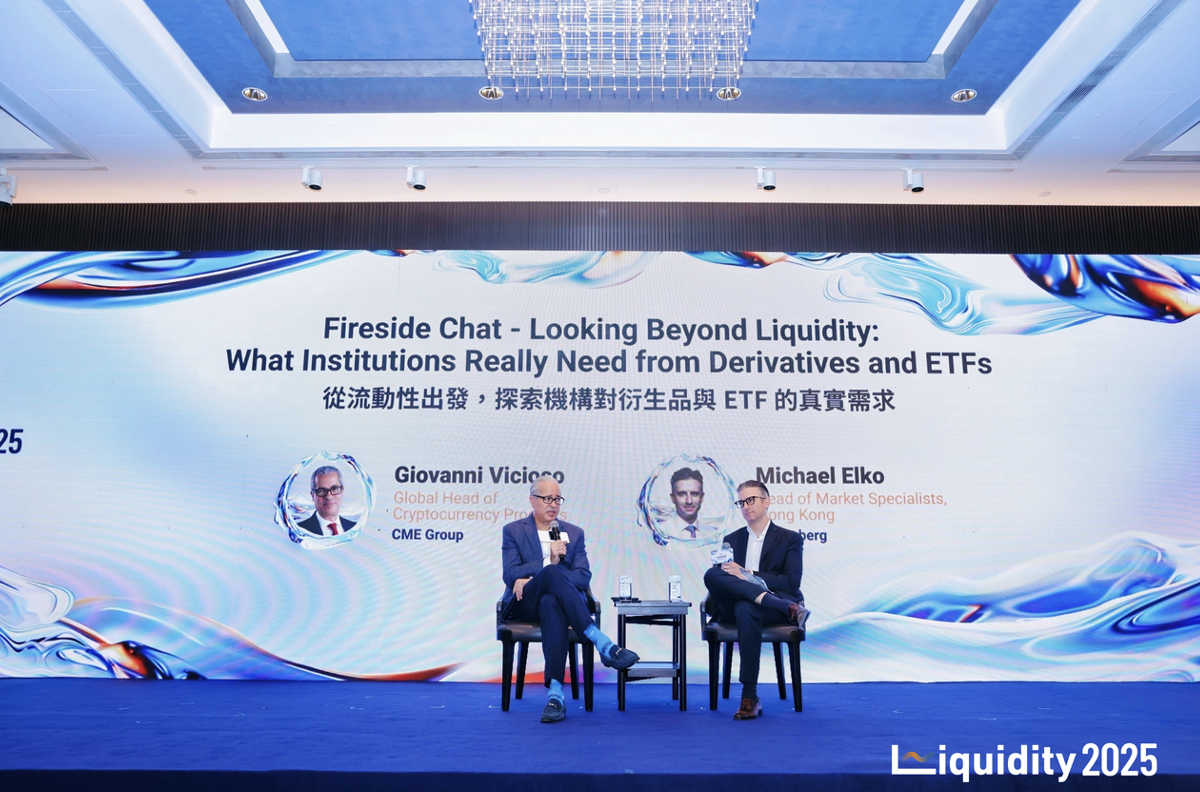
Balancing local compliance requirements and cross-border liquidity efficiency has become the core of industry breakthroughs
In the first roundtable focusing on "Cross-Platform Liquidity and Financial Instruments", Kevin Saunders from Kraken, Bobby Zagotta from Bitstamp, Kal Chan from EDXM, Neil Thomas from AsiaNext, and Stephan Lutz from BitMEX discussed the global regulatory environment, market liquidity fragmentation, and the challenges facing institutional participation.
Stephan Lutz pointed out that the crypto market still lacks a unified "main market" regulatory framework, and the global asset distribution and regulatory fragmentation of various countries have jointly led to the regionalization of pricing mechanisms. He said that although some institutions aggregate liquidity through regional compliance funding pools, and individual platforms also play a "quasi-main market" role in the spot and derivatives markets, the overall fragmentation is still difficult to completely solve. Kevin Saunders also said that the crypto industry should learn from the mechanisms of traditional finance in central clearing and liquidity aggregation, and build a unified and transparent infrastructure to improve cross-border liquidity efficiency while meeting local compliance, and respond to the core demands of institutions for best execution, risk management and credit transparency.
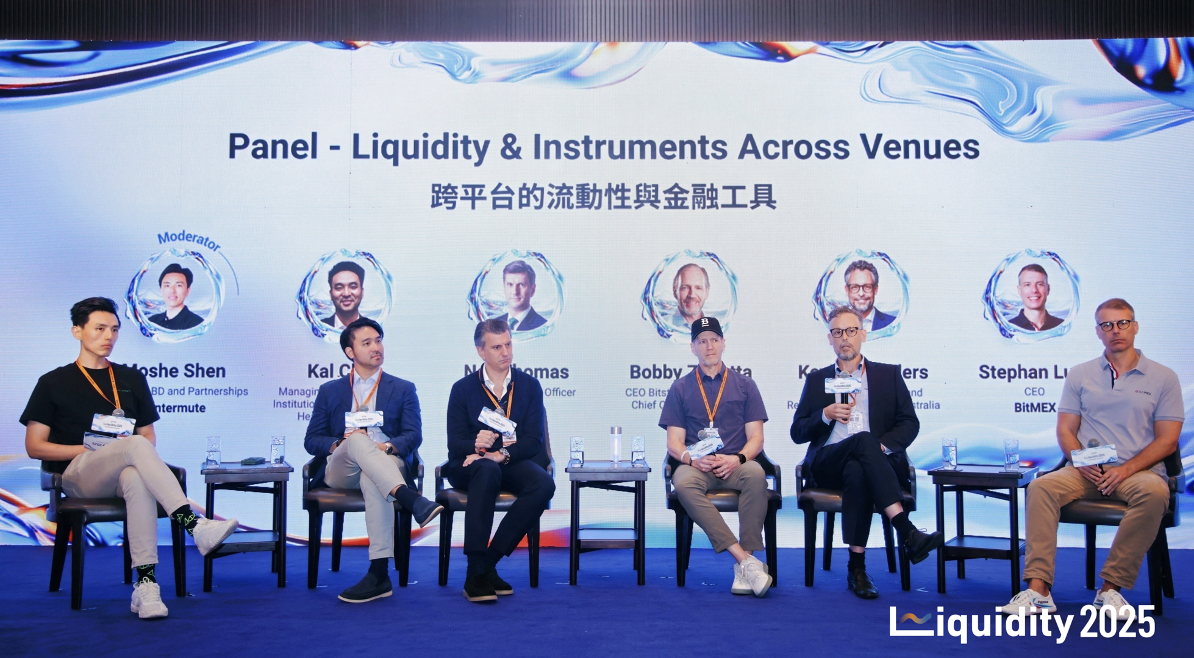
In the second roundtable forum focusing on "Institutions and Digital Assets - Exploring Growth and Adoption", David Hui from DBS Digital Exchange, Andrew Crawford from Franklin Templeton and Jean-David Péquignot from Deribit were invited to discuss the challenges and opportunities faced by institutions in the process of deploying crypto assets.
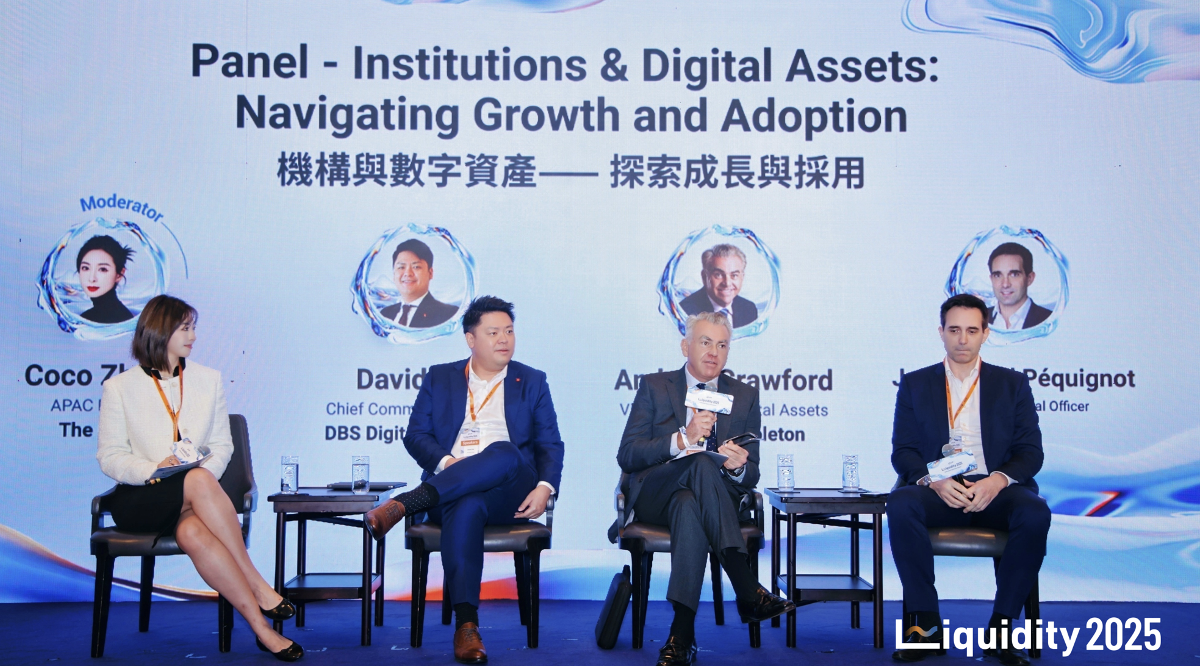
The boundaries between CeFi, DeFi and FinTech are blurring rapidly. A secure, transparent and efficient access mechanism is key.
In the third roundtable forum focusing on "CeFi and DeFi Transactions: Aggregation and Infrastructure", Lily Liu from Solana Foundation, Sarthak Jain from dYdX Foundation, Alfonse Mandese from Talos, and Sergii Bulgakov from WhiteBIT had an in-depth discussion on the integration trend of CeFi and DeFi, differences in trust mechanisms, and infrastructure evolution.
Sergii Bulgakov of WhiteBIT said that WhiteBIT operates in compliance with regulations in multiple regulated markets and pays attention to the continued demand of DeFi users for self-custody and transparency. For this reason, the on-chain product White Wallet was launched as a "self-custody entrance" to the DeFi world to explore the future possibilities of the hybrid model of CeFi and DeFi. Lily Liu, chairman of the Solana Foundation, pointed out that the boundaries between CeFi, DeFi and FinTech are blurring at an accelerated pace, and what users really care about is whether they can efficiently access protocols and services, rather than the underlying architecture itself. Alfonse Mandese of Talos also believes that the key for institutional clients to enter DeFi lies in a safe, transparent and efficient access mechanism, and the integration of CeFi and DeFi will become an important direction to promote the development of the industry.
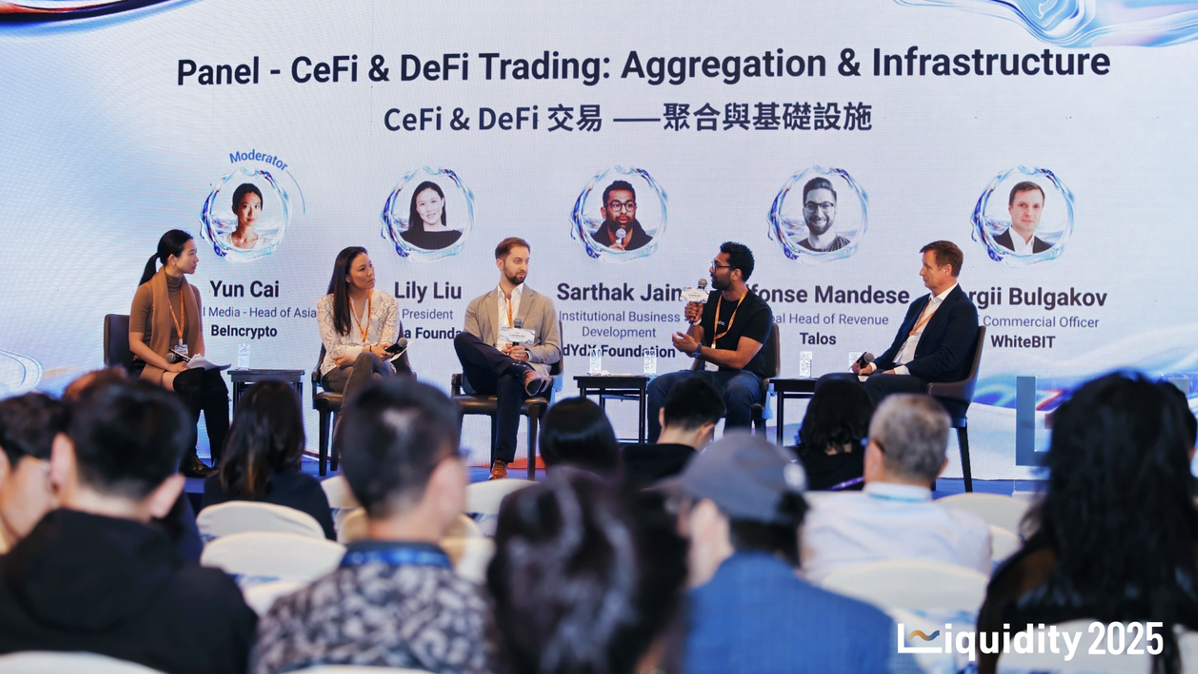
Infrastructure breakthroughs may focus on on-chain operational efficiency and compliance technology
In the fourth roundtable forum on "Institutional Convergence - Advanced Custody Solutions and Regulatory Clarity", Simon Morgan from Copper, Jude Zhu from Fireblocks, Takatoshi Shibayama from Ledger Enterprise and Joy Lam from Binance discussed the development direction of custody and regulation. The guests agreed that institutional custody is moving from security guarantees to full-stack integration covering tokenization, fiat currency channels and settlement functions.
Simon Morgan pointed out that custody is becoming a core link in improving capital efficiency, Jude Zhu emphasized the importance of automation and standardization, Takatoshi Shibayama called on regulators to understand the underlying technology, and Joy Lam believed that clear supervision is the key for institutions to enter the market. Ledger Enterprise Takatoshi Shibayama said that the breakthrough point of infrastructure may focus on improving the efficiency of on-chain operations and the deep integration of compliance technology stacks.
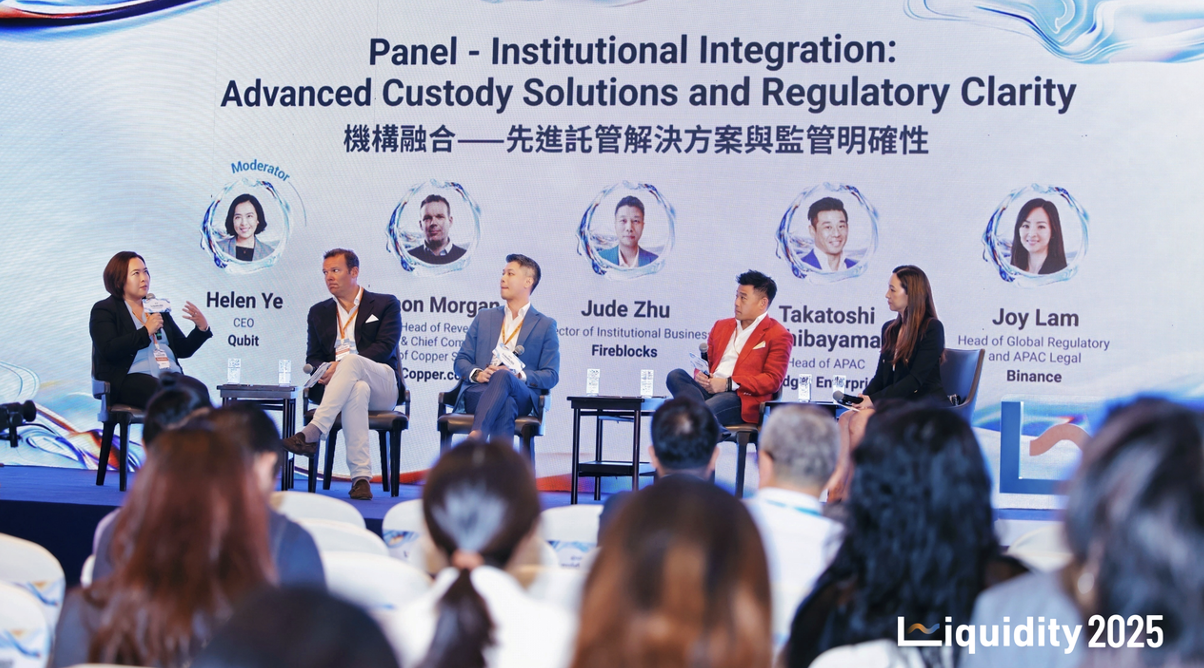
In the fifth roundtable forum focusing on "Integration of Traditional Finance - Asset Tokenization and Stablecoins", Moses Lee of Anchorage Digital, Andrew Wong of UBS, Barton Lui of BlackRock and Evan Auyang of Animoca Brands discussed the integration trend of traditional finance and the crypto industry.
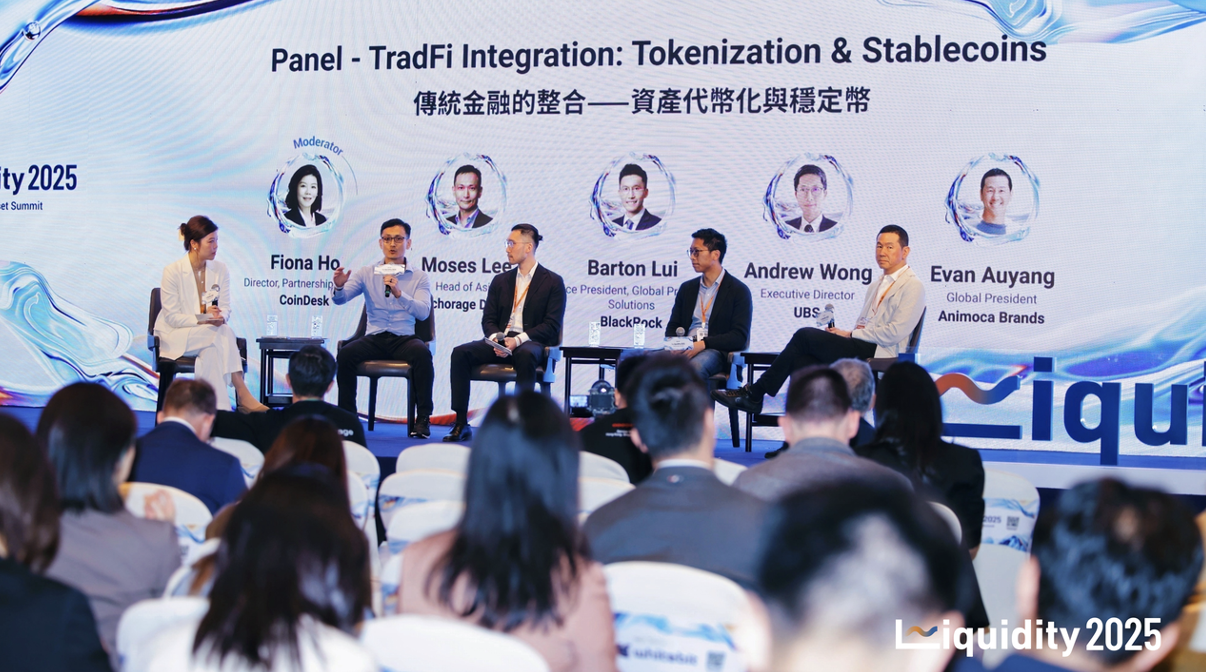
The next stage of AI trading will be a game of AI vs. AI
In the sixth roundtable forum focusing on "Crypto's AI and Algorithmic Trading - Shaping the Future", Erkan Kaya from Abex, Kong Lei from AWS Web3, Jacky Chung, CEO of Pulsar, and Millie Liu from First Star Ventures were invited to discuss the application and evolution of AI technology in crypto trading.
Erkan Kaya pointed out that AI trading is shifting from relying on basic signals to a new stage centered on model confrontation, and the game between strategies will become a key point of competition. Kong Lei emphasized that cloud computing and high-performance infrastructure are the cornerstones of supporting real-time AI strategy deployment. Jacky Chung shared the algorithm evolution path based on behavior recognition and market structure analysis. Millie Liu said that the leading strategy in the future will be an intelligent system that can combine engineering capabilities, behavioral insights and dynamic responses.
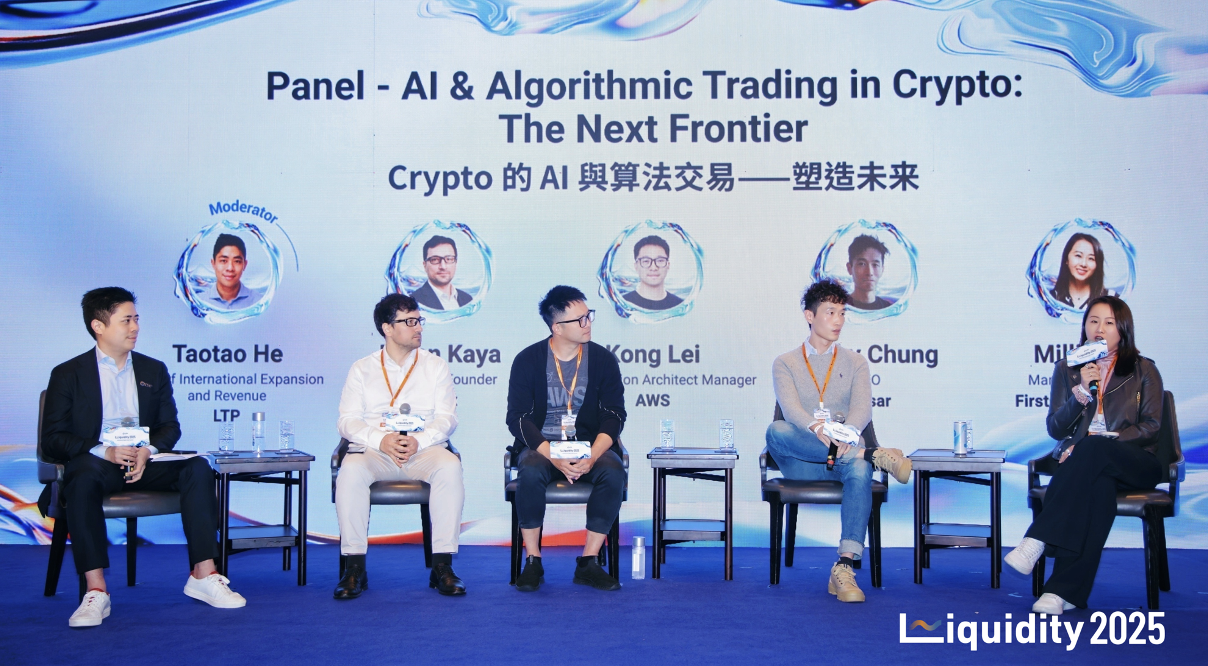
With the closing of the LTP "Liquidity 2025" digital asset summit, the future picture of the global market has become increasingly clear.
From BlackRock, DBS to UBS, the in-depth layout of traditional financial giants has confirmed the strategic value of the on-chain market; from the gradual unification of regulatory frameworks in Hong Kong, BVI to Europe and the United States, the global compliance network is clearing obstacles for institutional entry; and breakthroughs in cross-asset settlement, on-chain asset management and liquidity infrastructure by institutions such as LTP have injected new momentum into the industry.
Special thanks to Liquidity2025 Digital Summit sponsors and partners















